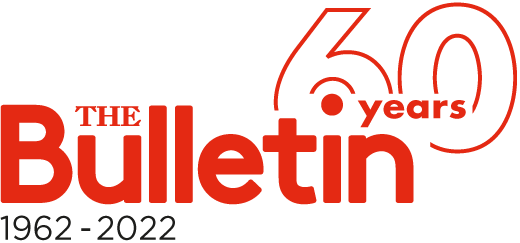- Daily & Weekly newsletters
- Buy & download The Bulletin
- Comment on our articles
The people's Brussels: The Bulletin's guide to the Marolles
Throughout the last century, urban planners treated Brussels like a slate to be wiped clean at will. Entire neighbourhoods were demolished to make way for new developments like Central station and the European quarter. And while the medieval grandeur of the Grand’ Place has been preserved, few spots retain the popular charm of yesteryear’s working-class neighbourhoods. Except the Marolles. Here, on the southern fringe of the capital’s innermost postcode 1000, just underneath the Palais de Justice, you’ll catch a rare glimpse of the people’s Brussels – and might even get an earful of the disappearing local dialect.
Sablon
Tourist guides tend to eschew the ancient streets and claustrophobic dive bars of the Marolles in favour of their more glamourous neighbours around the Sablon. With the city centre to the west, museum row to the north and the European quarter to the east, this affluent district is the local centre of gravity for expats, especially those keen to browse the Sablon’s famous weekend antiques market.
Elevator
Another Marolles must-see is the elevator that links this low-lying neighbourhood with the commanding heights of Place Poelaert and the Palais de Justice. Below lies the popular Rue de l’Epée with its bars and clubs. Above is one of the capital’s finest panoramic views, encompassing the spires of the Grand Place, the stainless steel orbs of the Atomium and the Basilica of the Sacred Heart.
Flea market
What shoppers don’t know is that many of the Sablon’s treasures were sourced from the Marolles’ sprawling, chaotic flea market just a few blocks away. The morning market in the Place du Jeu de Balle is and has always been the heart of the Marolles. Open every day of the year from 6.00 to at least 14.00, this sprawling bric-a-brac bazaar hosts hundreds of vendors and thousands of visitors at any given time and keeps dozens of cafes and restaurants in business. It once made The Guardian’s list of top 10 European flea markets.
Porte de Hal
At the edge of the Marolles, marking its boundary with the commune of Saint-Gilles, you’ll find the capital’s erstwhile city gate – and one of its earliest historical museums – the Porte de Hal. With its permanent collection of medieval arms and armour, not to mention the view from its ramparts, the museum is well worth the price of admission (€5 for adults and €1.50 for children).
Food and drink
When you need a break from poking through piles of vintage books, records, clothes and accessories, we recommend having a bite at the old-school bistro Le Chineur or a beer at Le Chaff. The latter does brisk business during market hours and, unlike many of the square’s other joints, keeps swinging late into the night. Le Chaff also hosts weekly concerts by touring alternative rock groups. When weather permits, these musicians play in the open air. For more exotic flavours, Lebanese restaurant Al Jannah, just a short walk down Rue Blaes, is a local favourite.
This article was first published in ING Expat Time









